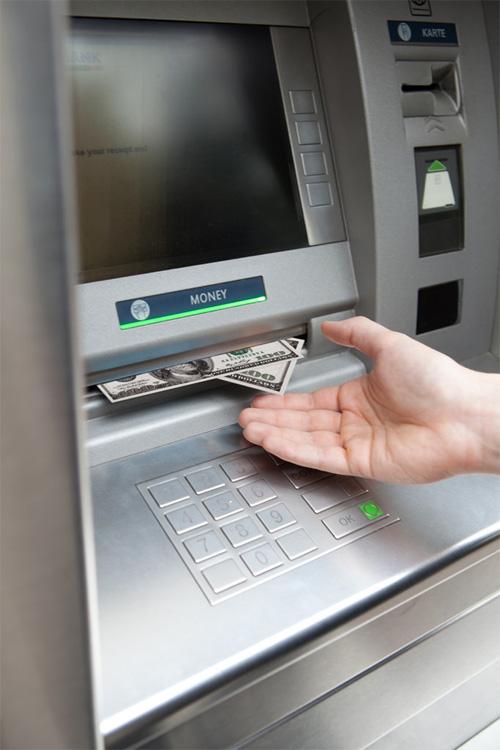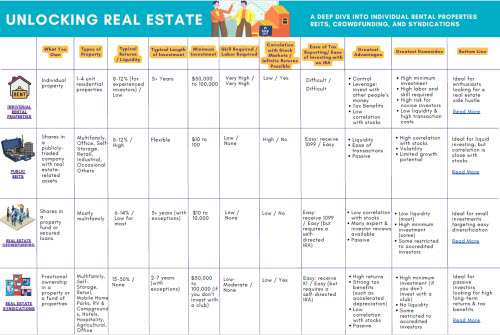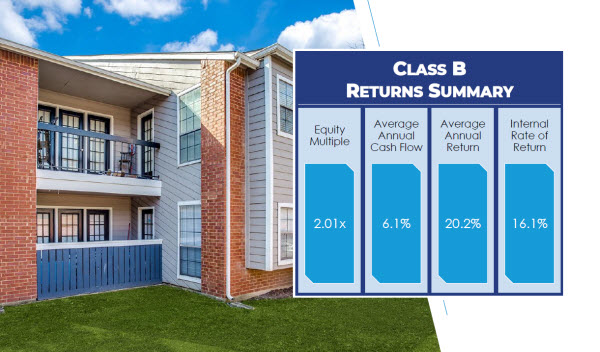
(This is the fourth article in our series focusing on Unconventional Financing. Haven’t read the others? Start with Part 1 of the series on using using retirement accounts for real estate investing.)
Ever fantasize about the reward points you could earn if you bought a house with a credit card?
It’s not quite as crazy as it sounds. I did it, once.
Personal loans and low APR credit cards are useful tools in your financing toolkit. While they have plenty of shortcomings, they can be an excellent source for bridge- or shortfall financing: a supplement to a larger financing plan.
Cons (Not the Kind in Black & White Stripes)
There’s a big problem right off the bat: credit cards and personal loans tend to have low loan limits. Unless you’re buying a frighteningly low-end property, you probably won’t be able to finance the entire purchase with a credit card or personal loan.
Most personal loans range in size from $5,000-45,000, with the high end of that spectrum uncommon. Credit cards for middle-income earners usually have similar limits.
Personal loans and credit cards are also expensive, compared to conventional mortgages. Personal loans over $20,000 will almost always cost in the double digits for interest rate, and sometimes over 20%. And “normal” credit card interest rates run 18-24%.
Feel the burn yet?
And none of that covers loan fees. Credit cards typically charge 3-4 points for cash advances, while personal loans generally charge similar fees. (A “point” in loan context is an up-front fee of 1% of the loan amount.)
What’s more, lenders amortize personal loans over a shorter period of time (2-5 years), compared to mortgages (15-30 years). That means higher monthly payments.
Lastly, credit card companies make no long-term guarantees they’ll keep you as a client. They could call you tomorrow and say “We’re cancelling your credit card account, please pay your balance immediately.”
So What Are They Good For?
Actually, credit cards and personal loans have some pretty persuasive advantages. The first? Quick turnaround.
Some lenders will fund personal loans as quickly as a few business days of your initial application. And credit cards are instantaneous – poof! You have funding. Compared to 30-60 days for a conventional mortgage, that’s impressive.
Another advantage is that personal loans and credit card debts are unsecured: there is no lien against your property. If you suffered a complete financial apocalypse and couldn’t repay your loans, the lenders can’t foreclose on your property or take your firstborn child.
You’ve already considered the reward points on your credit card. These can be quite juicy, sometimes up to 2, 3, even 5% when reward multipliers kick in.
Granted, there’s no “point” in chasing rewards if you’ll have to pay a cash advance fee of 3-4%. But what if you don’t take a cash advance? Let’s talk strategy.
 A Few Creative Strategies
A Few Creative Strategies
Credit cards are particularly useful for renovation projects. You can put the cost of materials directly on your credit card, as a normal purchase. No cash advance fee, just reward points.
Many contractors pad their estimates and quotes for materials, both to earn more and to err on the side of caution. Pay less for contracting and handyman work by only paying for labor, and covering materials yourself. Word to the wise: ask for a normal quote first, then go back to the contractor and tell them you’ll handle materials yourself. This way they won’t inflate their labor quote.
Read about rental property calculator.
Read about lowest down payment for investment property.
Want to get more aggressive? In the months leading up to your real estate investment, start putting every bill, every cost on your credit card. Pay only the minimum payment on it, and stockpile your cash. Of course, you’ll need the discipline to stay within your normal budget, despite putting everything on plastic. You can pay for almost every expense in your life with credit cards, with the only major exceptions being your mortgage/rent and your car payment.
How do credit cards and personal loans fit into a broader financing plan though?
If you’re buying a low-end home for $20,000 and putting another $10,000 in it before flipping or leasing it, no sweat. Congratulations, you’ve dodged mortgage lender fees.
And who says you can only use one credit card? If you have four credit cards and each has a $30,000 limit, that’s $120,000 in available financing. Expensive, non-guaranteed and risky financing, but $120,000 in instant financing nonetheless.
More often though, credit cards and personal loans merely serve a supportive role. Perhaps you were able to use another source of financing to buy the property, but weren’t able to finance the renovations? Or maybe they are your backup options, in case your project goes over-budget.
Short-Term Funding Raises the Stakes on Your Exit Strategy
Personal loans and credit cards can be great for bridge- or shortfall funding, but they are short-term solutions. Both types of financing are simply too expensive to hold for more than six months or so.
As outlined above, they’re particularly useful for renovation projects. Once the renovations are finished, you can execute your exit strategy, which should involve either selling or refinancing to pay off your short-term debts on the deal.
And make no mistake, you do need a thorough exit strategy. Real estate investors should always have both a primary exit strategy and at least one contingency plan, and they should be detailed. If you’re selling, who’s your real estate agent? How quickly can they move the property? Who’s the target buyer; a fellow investor, a first-time homebuyer, a retiree?
If you’re keeping the property as a rental, how are you leasing it? Will it be a vacation rental, a long-term rental, a student rental? Who’s your target renter? How long will it sit vacant before you can expect to secure a good tenant? What’s the minimum amount you’re sure you can rent it for?
And if Plan A fails, what else can you do?
As important as exit strategies are normally, they’re doubly critical when you use high-cost, short-term debt. You need to move quickly to pay it off, else you risk your entire profits on the deal spilling over to interest payments.
Using personal loans and credit cards for real estate investing may be playing with fire, but fire is an awfully handy tool when used properly.♦
Read llc mortgage loan requirements.
Read does california have rent control?
Related Reading:
Unconventional Financing Part 3: Hard Money Loans
Unconventional Financing Part 2: Peer-to-Peer Lending & Crowdfunding
Ever used a credit card for financing a real estate investment? What about personal loans? How’d it work out for you? We love horror stories as much as love stories…



















I’ve used credit cards to fund renovation projects before. My contractor accepts credit cards for his invoices, but he charges a 3% fee. But I get cash back rewards at 1.5%, so it’s really just a 1.5% fee.
Great article, thanks for posting!
Thanks for the kind words Winston! Yeah credit cards aren’t nearly as outlandish as a lot of people think, for real estate projects. Sometimes you need funds wherever you can get them!
Such a fun article. I’m going to try this with my next lower-end investment property! I’m already planning where I’ll go with the travel rewards.
When you get there, send us photos of your travels and we’ll share them on our Facebook page!
One of those “ah ha” moments when you realize you should have been doing this all along. “Why didn’t I think of that?”
I know, it seems so obvious, but very few people actively utilize their credit cards for real estate investing. Untapped resource!
I just want to say this is one of my favorite real estate blogs on the web! Keep on writin’ and I’ll keep on readin’!
Thanks Tanya! We try 🙂
Great ideas. It truly can be wise to use cards when you consider the factors you mentioned. I am an investor/broker in Colorado and my partners and I have used credit cards before to get the fire started. I will definitely pass the blog onto my clients!
Thanks Martin!
For many years, my instinct tells me to get a credit card but I have no reason to get one until I read this article. I should have pay attention to my investing senses when it tingles!
Haha, I hear you Jay!
High risk, but effective if you know what you’re doing as a real estate investor.
Agreed Jeremy!